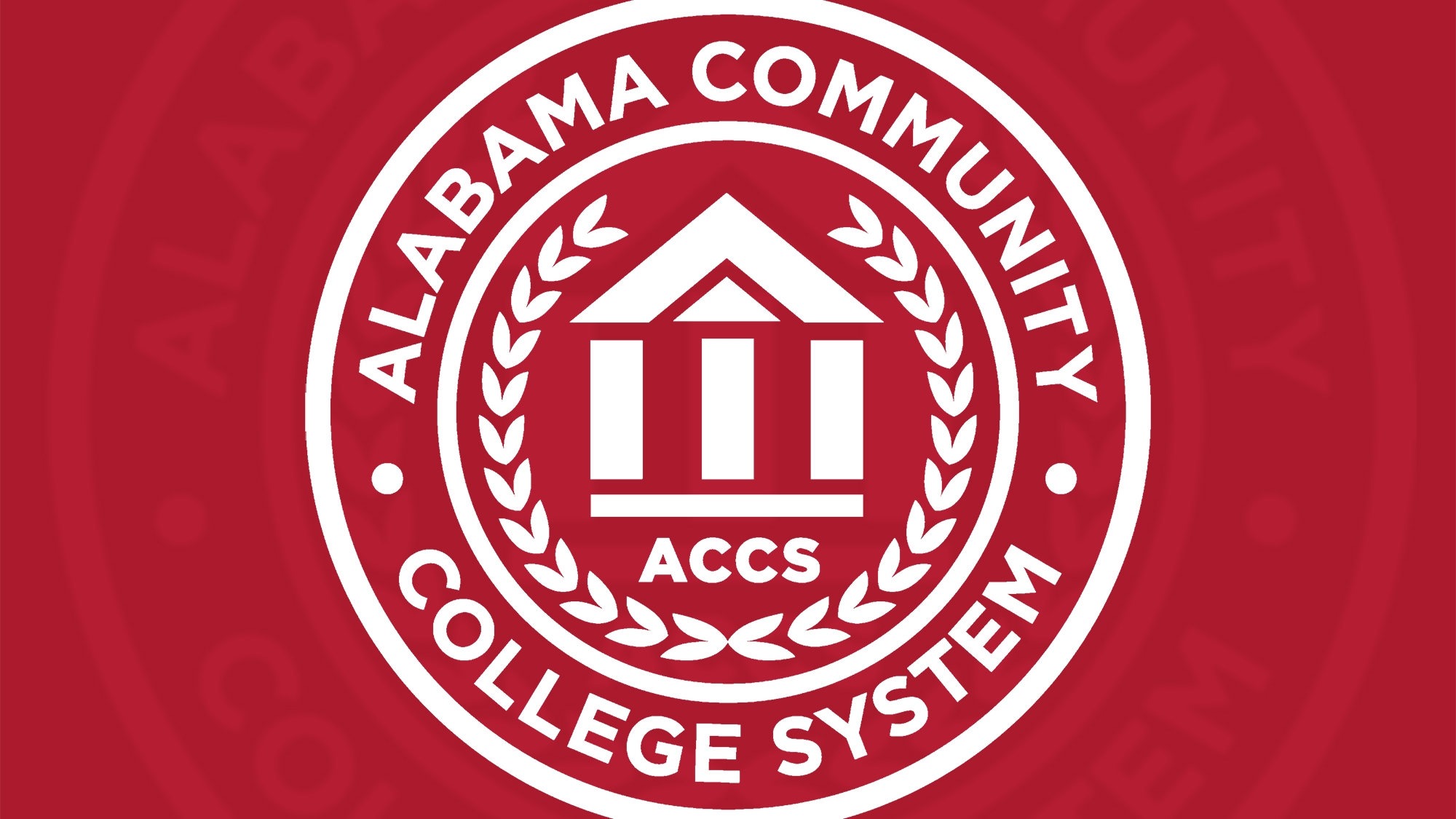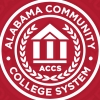|
Getting your Trinity Audio player ready...
|
Student enrollment at Alabama’s community and technical colleges is increasing, bucking a trend that saw a decrease in enrollment at community colleges across the nation.
Alabama’s community colleges have experienced an increase in enrollment by at least 5 percent each year since 2020. There was a 6.42 percent increase from Fall 2020 to Fall 2021. There was a 5.87 percent increase from Spring 2021 to Spring 2022, and a 5.05 percent increase from Fall 2021 to Fall 2022.
A majority of the students who attend community college in Alabama live here, and more than 70 percent who obtain a degree from an Alabama community college continue to live and work in the state. Students and alumni of colleges within the Alabama Community College System add $6.6 billion to Alabama’s economy, supporting one out of every 27 jobs in the state.
“We’re proud to stand out for providing accessible, affordable academic and career training opportunities that prepare Alabamians for success,” said ACCS Chancellor Jimmy H. Baker. “Our student enrollment numbers continue to show that Alabama’s community colleges are on the right track.”
More than 155,000 students from every walk of life received education or training in one of Alabama’s 24 community or technical colleges last year. This included 21,587 first-time freshmen. There has been a nearly 21 percent increase in freshmen applications for Fall 2023.
Most students are seeking degrees to transfer to four-year institutions. For technical programs, registered nursing (RN) and Computer Information Systems have the highest enrollment. Large year-over-year programmatic gains have been made in business administration among all students, and truck driving among first-time freshmen.
Many students who enroll in an Alabama community college do so to meet their needs for completion. In addition to students who attend to obtain a degree or to transfer, more than 23,000 students attended for noncredit training. Noncredit enrollment relates to students who attend community college for workforce credentials but not a degree.
These students include residents such as Quintez Finch, who earned a CDL Class B license within a month’s time through the ACCS Innovation Center’s Skills for Success classes at Bishop State. Finch took the free training opportunity so that he could stop working in a warehouse and earn a better income for his family.
“You really don’t have to go to school for a year to get a good job,” he said. “I thought it’d be hard getting a job without experience, but it took about a week – I didn’t even have the hard copy of my license – before I had a job. I can come home to my family now.”
ACCS is also continuing to experience a significant rise in dual enrollment, which allows high school students to take a community college course and earn college credit. Since 2015, ACCS has seen a 65% increase in dual enrollment.
Micah Harris, owner and operator of Chick-Fil-A in Sylacauga, attended Jefferson State Community College as a dual enrollment student and freshman prior to transferring to a four-year university.
“Jeff State was critical in getting that experience first,” said Harris, who was homeschooled prior to college. “They were very grounded and very intent on helping everyone get from wherever they were to the next level, wherever they wanted to go,” he said.


















































